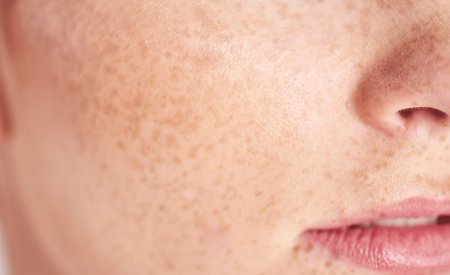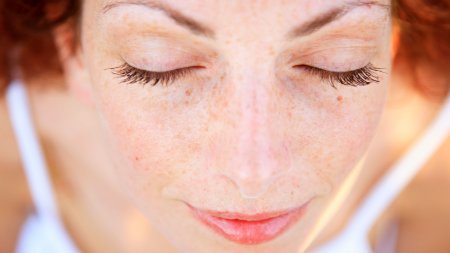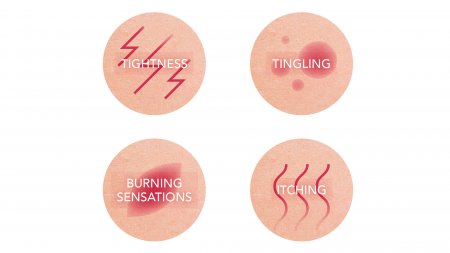Sensitive skin has always been a fairly common problem. Lately, there has been a slow and widespread increase around the world. According to one report1, around the world there are 60% to 70% of women who suffer from sensitive skin, and 50 to 60% of men.
For a long time, the prevalence of sensitive skin was underestimated. It is not generally a condition that you consult for. Sensations are subjective, occur frequently and are considered normal. Most people tend to think they don’t need medical attention.
And yet despite it being a "minor problem", it is clear that for people who have sensitive skin, it has a real impact on their quality of life. Sensitive skin plays a major role in their lifestyle choices, influencing their decisions about what foods to eat, what products to buy, what clothing to wear, and even where to go, since indoor and outdoor air can make skin react. Dealing with its consequences everyday can be a real burden for them.
Read more in our article "Measuring and alleviating the burden of sensitive skin on daily life"
1 Farage MA. The prevalence of sensitive skin. Front Med 2019; 6:98.
















